یادگیری عمیق
Deep Learning
Chapter 5: Deep learning for Computer Vision
Mahmood Amintoosi
پاییز ۹۸
Source book
Deep Learning with Python,by: FRANÇOIS CHOLLET
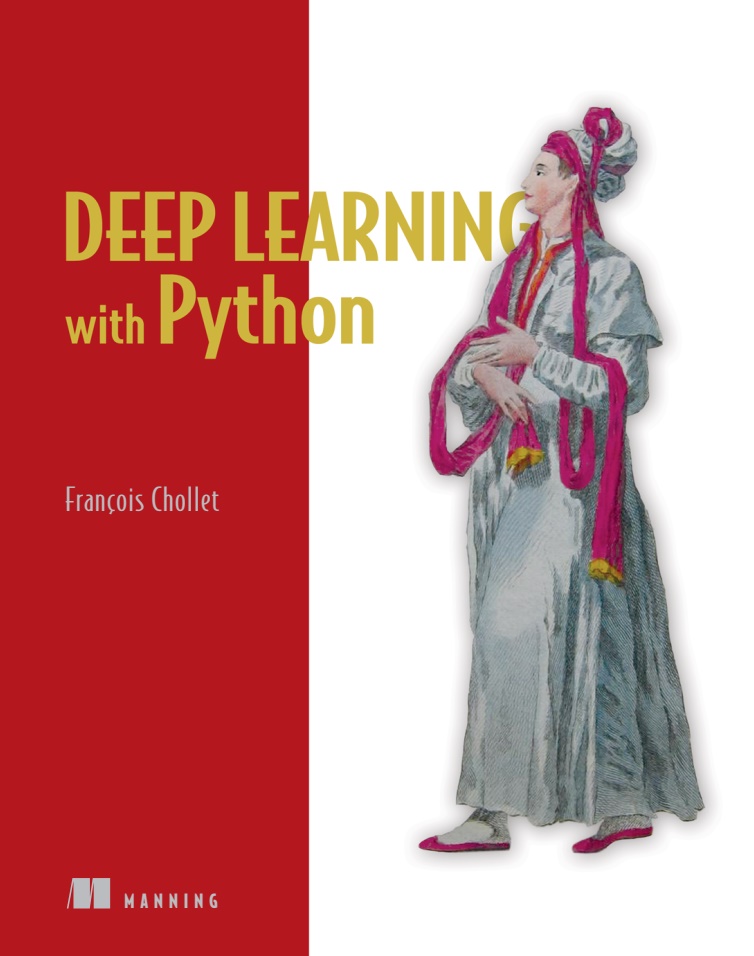
https://www.manning.com/books/deep-learning-with-python
LiveBook
Github: Jupyter Notebooks
Chapter 5
Deep learning for Computer Vision
This chapter covers:
- Understanding convolutional neural networks
- Using data augmentation to mitigate overfitting
- Using a pretrained convnet to do feature extraction
- Fine-tuning a pretrained convnet
- Visualizing what convnets learn and how they make classification decisions
Understanding convolutional neural networks
Classification with CNNs
- English Digit Classification
- Persian Digit Classification
- Classifying Cats vs Dogs
5.1 - Introduction to convnets
MNIST Classification (Included with Keras)
Overall Model:
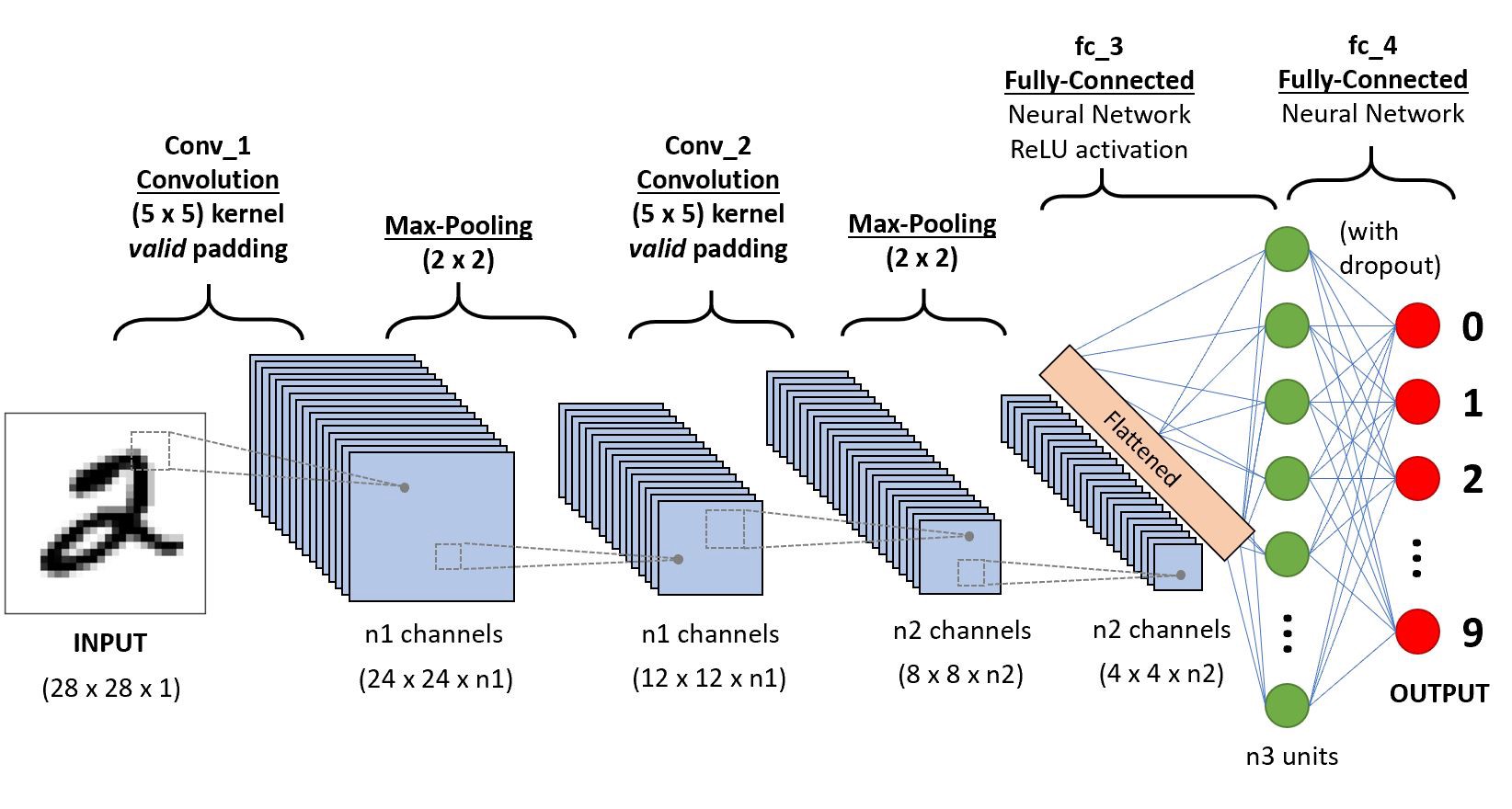
5.1 - Introduction to convnets
MNIST Classification, TensorFlow Code
import keras
from keras import layers
from keras import models
model = models.Sequential()
model.add(layers.Conv2D(32, (3, 3), activation='relu', input_shape=(28, 28, 1)))
model.add(layers.MaxPooling2D((2, 2)))
model.add(layers.Conv2D(64, (3, 3), activation='relu'))
model.add(layers.MaxPooling2D((2, 2)))
model.add(layers.Conv2D(64, (3, 3), activation='relu'))
model.add(layers.Flatten())
model.add(layers.Dense(64, activation='relu'))
model.add(layers.Dense(10, activation='softmax'))
5.1 - Introduction to convnets
Number of Parameters
_________________________________________________________________ Layer (type) Output Shape Param # ================================================================= conv2d_1 (Conv2D) (None, 26, 26, 32) 320 _________________________________________________________________ max_pooling2d_1 (MaxPooling2 (None, 13, 13, 32) 0 _________________________________________________________________ conv2d_2 (Conv2D) (None, 11, 11, 64) 18496 _________________________________________________________________ max_pooling2d_2 (MaxPooling2 (None, 5, 5, 64) 0 _________________________________________________________________ conv2d_3 (Conv2D) (None, 3, 3, 64) 36928 _________________________________________________________________ flatten_1 (Flatten) (None, 576) 0 _________________________________________________________________ dense_1 (Dense) (None, 64) 36928 _________________________________________________________________ dense_2 (Dense) (None, 10) 650 ================================================================= Total params: 93,322
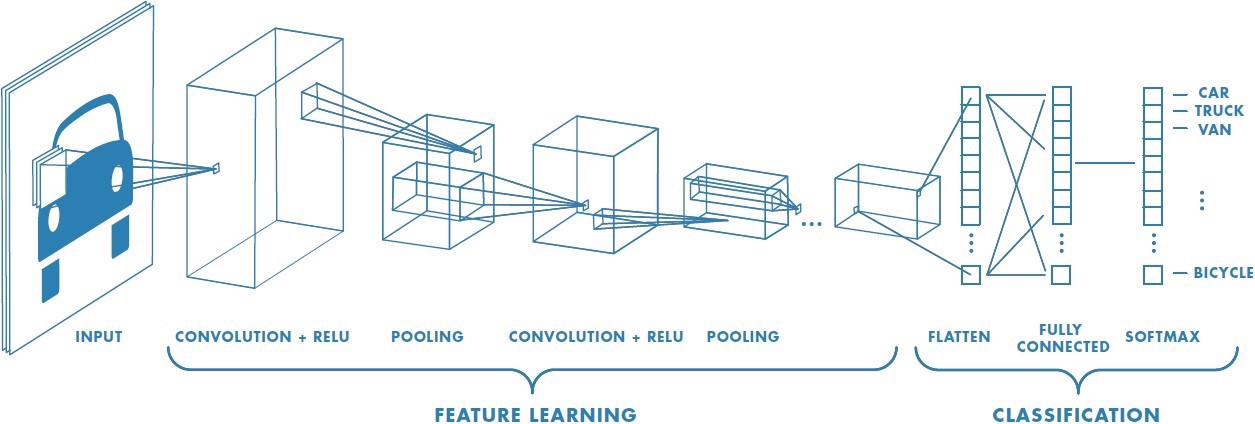 More about architecture and number of parameters:
More about architecture and number of parameters:
 Source:
Counting No. of Parameters in Deep Learning Models by Hand
Source:
Counting No. of Parameters in Deep Learning Models by Hand
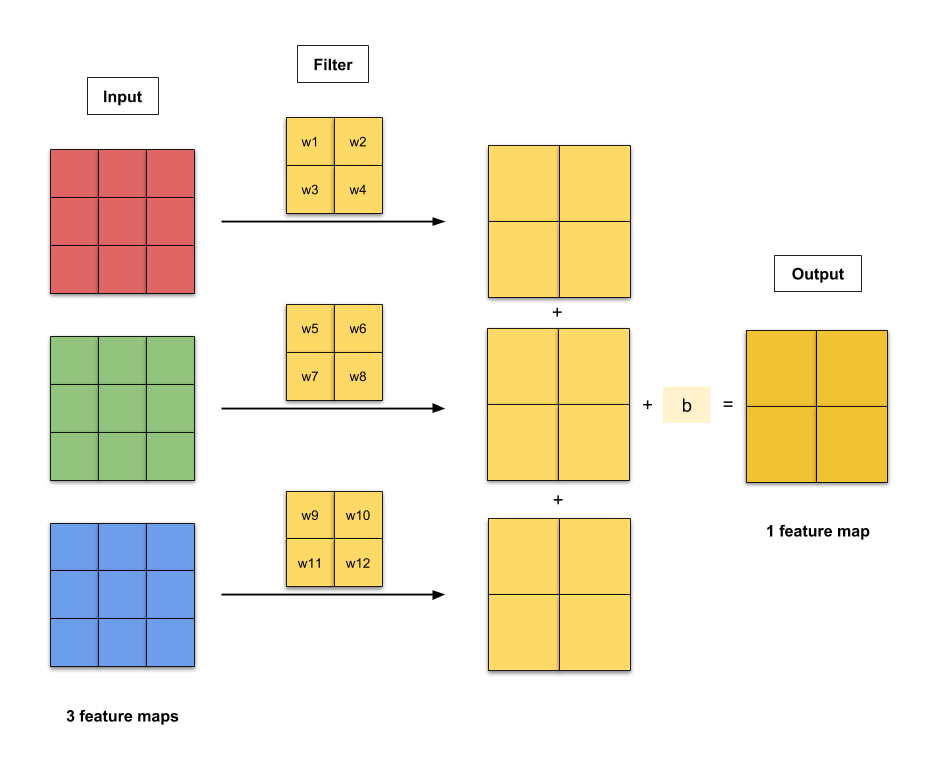 Source:
Counting No. of Parameters in Deep Learning Models by Hand
Source:
Counting No. of Parameters in Deep Learning Models by Hand
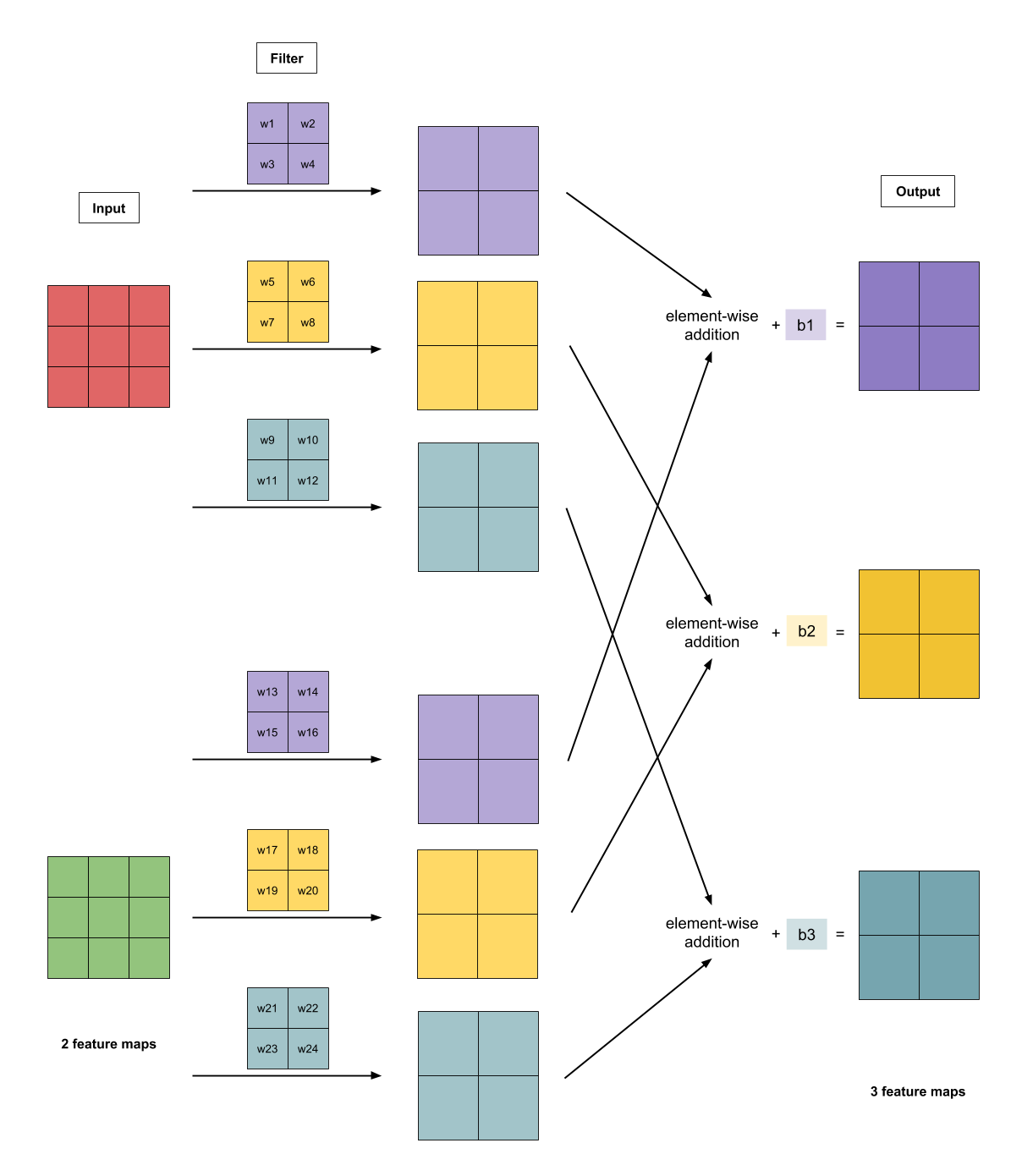 Source:
Counting No. of Parameters in Deep Learning Models by Hand
Source:
Counting No. of Parameters in Deep Learning Models by Hand
--
Persian Digits Classification (Not included with Keras)
import keras
from keras import layers
from keras import models
model = models.Sequential()
model.add(layers.Conv2D(32, (3, 3), activation='relu', input_shape=(28, 28, 1)))
model.add(layers.MaxPooling2D((2, 2)))
model.add(layers.Conv2D(64, (3, 3), activation='relu'))
model.add(layers.MaxPooling2D((2, 2)))
model.add(layers.Conv2D(64, (3, 3), activation='relu'))
model.add(layers.Flatten())
model.add(layers.Dense(64, activation='relu'))
model.add(layers.Dense(10, activation='softmax'))
5.2 - Using convnets with small datasets
Classify Dogs vs Cats (Not included with Keras)
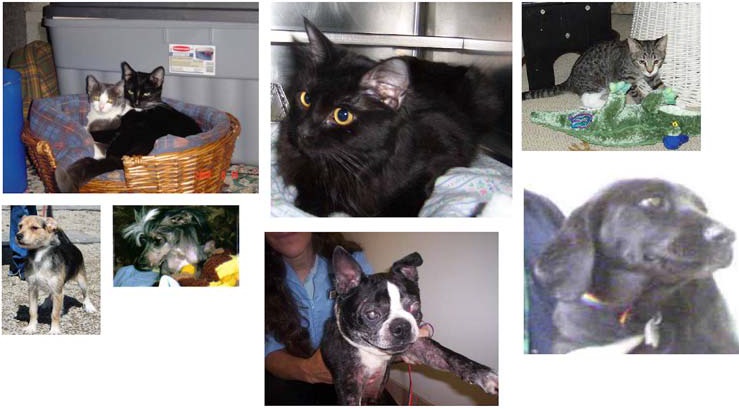
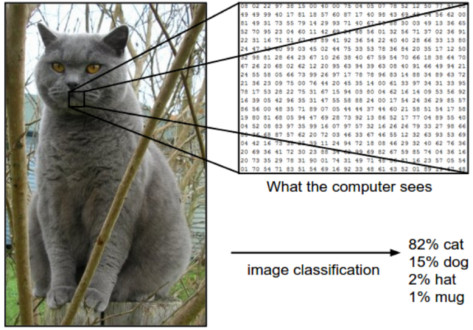
5.2 - Using convnets with small datasets
Classify Dogs vs Cats (Building from scrach)
5.2 - Using convnets with small datasets
Classify Dogs vs Cats (Building from scrach)
model = models.Sequential()
model.add(layers.Conv2D(32, (3, 3), activation='relu',
input_shape=(150, 150, 3)))
model.add(layers.MaxPooling2D((2, 2)))
model.add(layers.Conv2D(64, (3, 3), activation='relu'))
model.add(layers.MaxPooling2D((2, 2)))
model.add(layers.Conv2D(128, (3, 3), activation='relu'))
model.add(layers.MaxPooling2D((2, 2)))
model.add(layers.Conv2D(128, (3, 3), activation='relu'))
model.add(layers.MaxPooling2D((2, 2)))
model.add(layers.Flatten())
model.add(layers.Dense(512, activation='relu'))
model.add(layers.Dense(1, activation='sigmoid'))
LeNet, AlexNet, VGGNet, GoogLeNet, ResNet, ZFNet
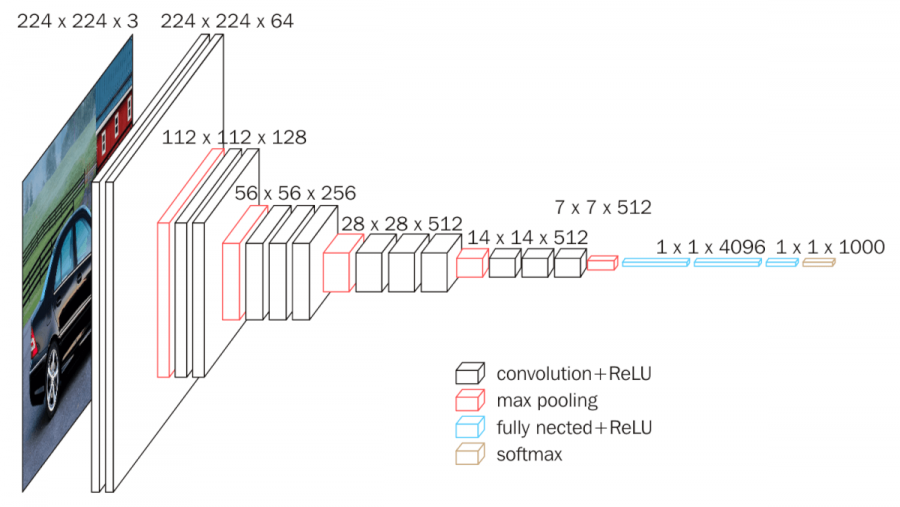

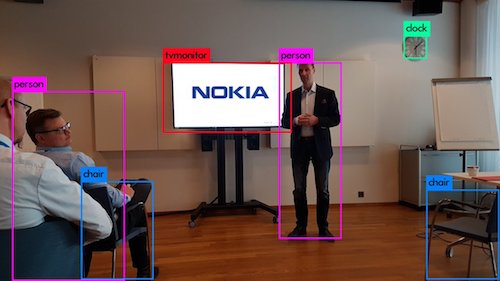
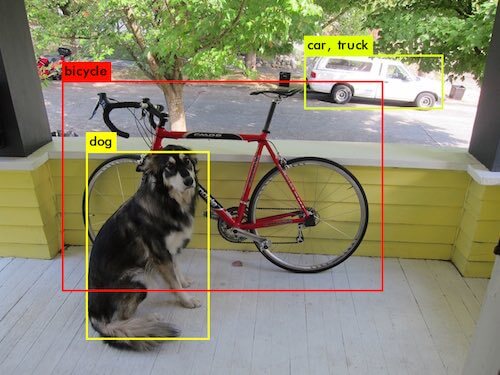
.jpg)
.jpg)
.jpg)
- Questions? -
m.amintoosi @ gmail.com
webpage : http://mamintoosi.ir
webpage in github : http://mamintoosi-cs.github.io
github : mamintoosi